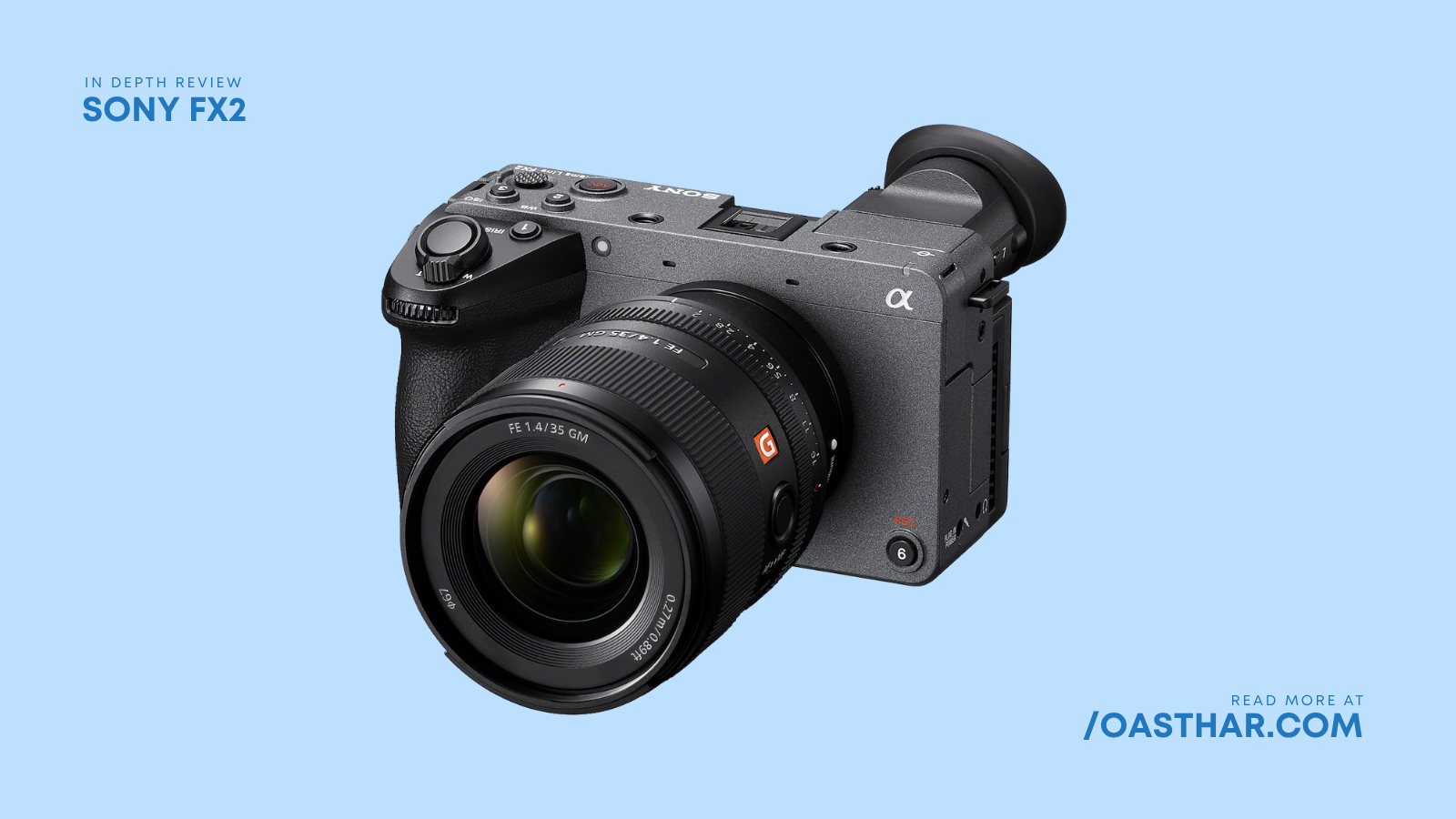Are you searching for a cinema-grade camera that brings professional features without breaking the bank?
In this Sony FX2 review, I’ll guide you through every detail—from the 33MP full-frame Exmor R™ sensor to the AI-powered Real-Time Tracking autofocus—so you can decide if this model deserves a spot in your kit. Let’s dive in and see if the FX2 lives up to its hype.
Related:Best Nikon Cameras 2025
Design & Build Quality
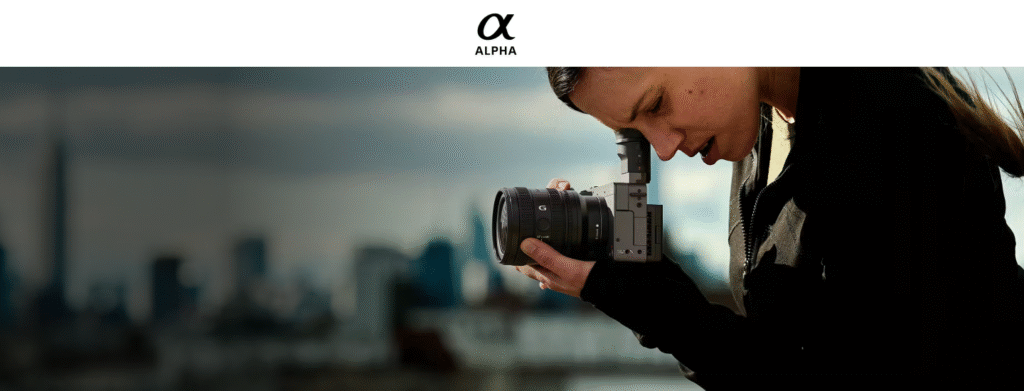
When I first picked up the Sony FX2, its blend of lightweight portability and robust construction immediately stood out.
Weighing in at just approx. 699 g (body only), the magnesium-alloy chassis lends the camera both durability and a reassuringly solid feel, without adding unnecessary bulk.
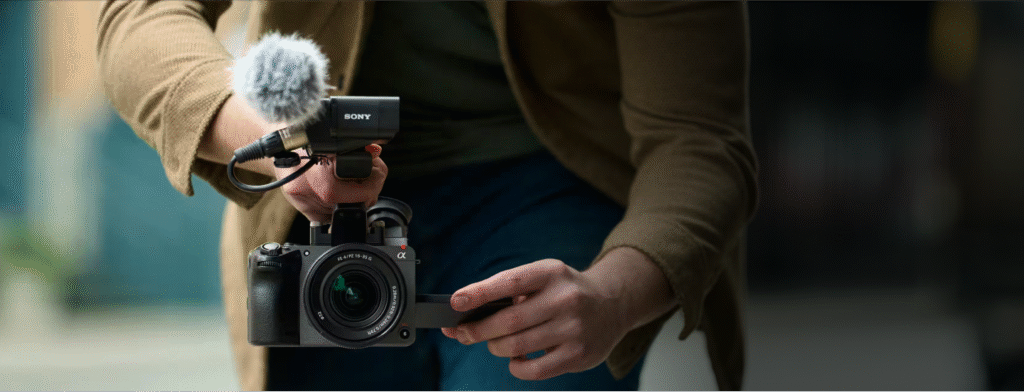
The ergonomics are spot-on for long shoots. The deep front grip—with its soft-touch coating—fits my hand like a glove, and the record button sits exactly where my index finger naturally rests.

Around the body, you’ll find five customizable C-buttons; I’ve assigned mine to focus peaking, ISO adjustment, white balance, zebra patterns, and image stabilization toggle. Those shortcuts knock valuable seconds off menu dives.
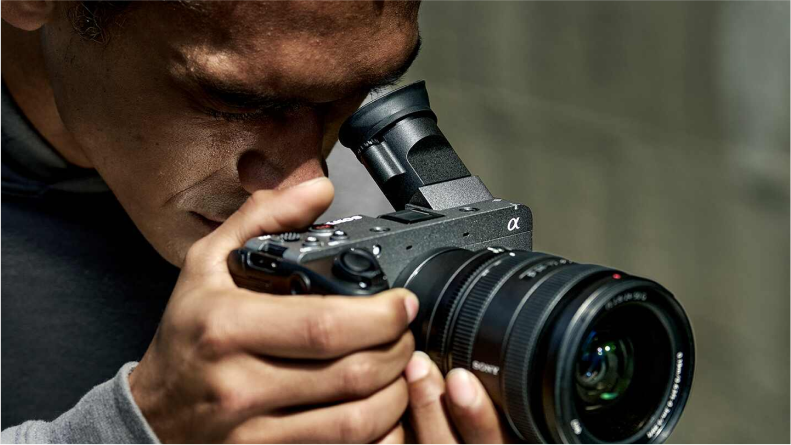
Key Design & Build Specs:
- Dimensions: 130.7 × 97.5 × 81.6 mm
- Weight: Approx. 699 g (body only)
- Chassis: Magnesium-alloy, dust and moisture resistant
- Mount: Sony E-mount
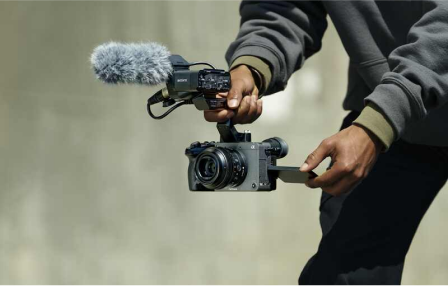
The dust and moisture resistance isn’t just marketing speak; on a recent outdoor shoot in intermittent drizzle, I didn’t hesitate to keep rolling.
Buttons and dials are sealed with rubber gaskets, and even the side covers feel reassuringly tight. The robust build gives me confidence when mounting the FX2 on gimbals, cages, or shoulder rigs—the body never creaks or flexes under weight or movement.
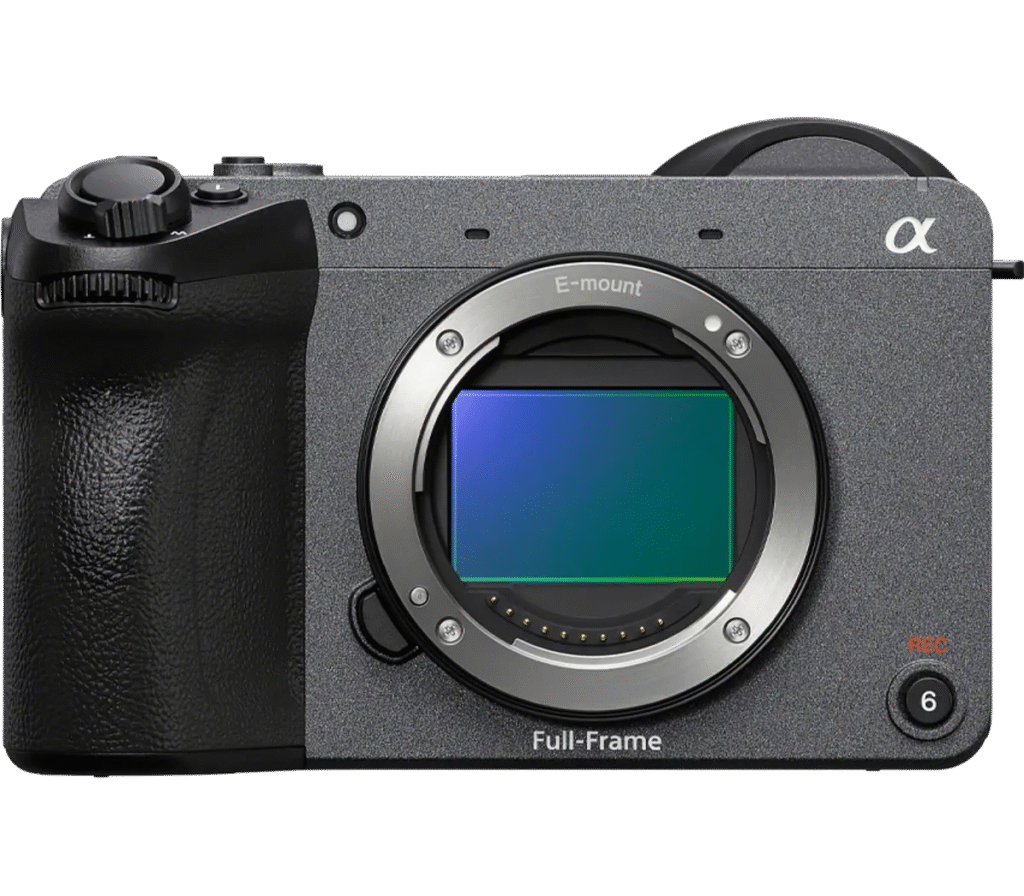
The layout of physical controls strikes a strong balance between accessibility and simplicity. On top, a dedicated ISO dial and shutter speed dial let me adjust exposure on the fly, and the exposure compensation dial is within thumb’s reach for quick tweaks.
The playback, menu, and function buttons are logically grouped around the rear 3.5″ vari-angle LCD, which swings out for low- and high-angle monitoring.
I’ve found that articulating screen indispensable for handheld walk-and-talk shots or vlogging setups.
In sum, the FX2’s design excels by keeping the essentials front and center, shielding critical electronics from the elements, and staying compact enough for dynamic shooting setups.
It feels like a camera built by shooters, for shooters—ready to endure the rigors of professional work without sacrificing comfort.
Sensor & Image Quality
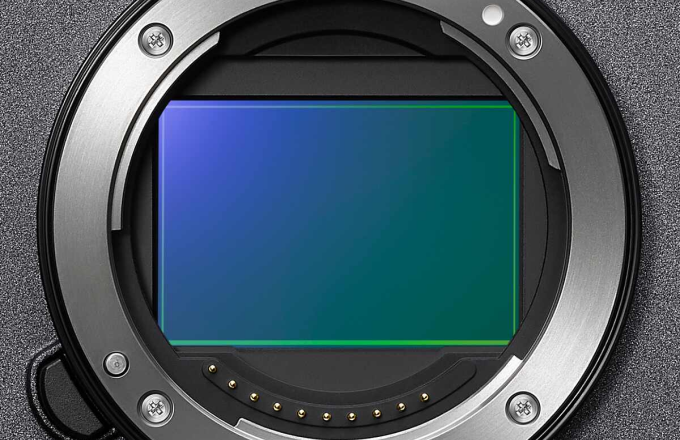
At its core, the Sony FX2 boasts a 33MP full-frame Exmor R™ CMOS sensor, a standout in this price bracket. This sensor isn’t just about resolution; it’s about capturing a wide tonal range and preserving detail in both highlights and shadows.
In bright daylight, the FX2’s dual base ISO of 800/12,800 provides flexibility to keep noise at bay whether I’m lining up a pristine landscape or an interior interview.
I shot a sunset sequence at ISO 12,800—with only modest grain that was easily tamed in post—and retained crisp edge detail on silhouetted subjects.
Dynamic Range & Latitude
- Dynamic Range: Over 15 stops
- Color Profiles: S-Log3, HLG, Cine EI modes
The ability to pull more than 15 stops of dynamic range means blown-out skies and murky shadows are both recoverable. I tested this by overexposing a bright sky and underexposing the foreground; in DaVinci Resolve, I brought back highlight detail without introducing nasty artifacts.
Recording in S-Log3 boosted my grading latitude, granting me a flat canvas that responded well to color adjustments.
Color Science & Detail
Sony’s color science shines through in natural skin tones and rich midtones. The Exmor R™ back-illuminated design enhances light gathering, giving me cleaner low-light images.
When I switched to the HLG (Hybrid Log-Gamma) profile for quick turnaround broadcast projects, footage looked vibrant straight out of the camera—requiring minimal tweaking.
In 4K recording, the FX2 delivers razor-sharp detail. At 24 fps, fine textures in foliage and fabric weave are noticeable even on large monitors.
For slow-motion, 4K/120 fps at 10-bit 4:2:2 maintains high fidelity, making it ideal for dramatic B-roll.
Overall, the combination of high resolution, extensive dynamic range, and clean low-light performance positions the FX2’s sensor as one of the best in its class.
Whether you’re capturing cinema-style narratives or dynamic event coverage, the image quality consistently impresses.
Autofocus & Stabilization
Sony elevates the FX2 with AI-powered Real-Time Tracking and Real-Time Eye AF, features borrowed from its higher-end Cinema Line siblings.
In practice, this means the camera locks focus on subjects—human or animal—in less than a blink, making solo shoots far less stressful.
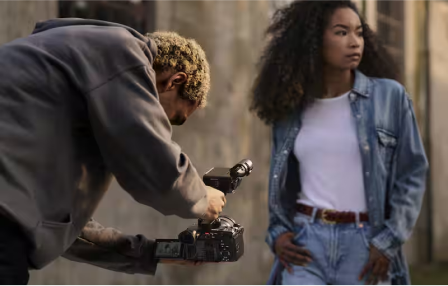
Real-Time Tracking & Eye AF
- Subject Recognition: People, animals, vehicles
- Lock Speed: < 0.1 sec
- Customizable Focus Area: Wide, Zone, Center, Flexible Spot
Testing in both handheld interviews and run-and-gun scenarios, I saw incredible consistency. During a wildlife shoot, the FX2 tracked a bird in flight—maintaining sharp eye focus even as it dipped behind foliage. That level of reliability frees me to concentrate on composition rather than chasing focus.

Dynamic Active Stabilization
Sony’s Dynamic Active Stabilization promises up to five stops of shake reduction. Mounted with a 24–70 mm f/2.8 lens, I shot at 50 mm handheld while walking—footage emerged buttery-smooth, rivaling gimbal shots.
For gimbal users, you can dial stabilization down to avoid conflicts; for run-and-gun, it’s a game-changer.
Stabilization performance holds up across focal lengths, though very wide or very long lenses may require slight tweaks in the menu.
Overall, the combination of advanced AF and built-in stabilization means fewer retakes and smoother workflows, especially when a support crew isn’t available.
Performance & Software Experience
Powering the FX2 is Sony’s BIONZ XR™ processor, driving high-resolution recording, real-time autofocus calculations, and an intuitive menu system.
Recording Formats & Bitrates
- 4K up to 120 fps (All-I & Long GOP)
- 10-bit 4:2:2 internally; 16-bit RAW via HDMI
- Max Bitrate: 600 Mbps
Shooting 4K/120 fps at 600 Mbps in All-I yields exceptional clarity for slow-motion sequences. When I switched to Long GOP at 150 Mbps for extended run times, the footage remained impressively clean—ideal for documentaries or events where storage space is a concern.
Menu & Customization
Sony’s revamped menu system is a breath of fresh air. Tabs are clearly labeled—Shooting, Picture Profile, I/O, Network—and the My Menu function allows pinning up to 30 custom items. I programmed my top five settings for white balance, ISO, gamma mode, focus peaking level, and stabilization on the My Menu screen, cutting menu navigation to a minimum.
Overall responsiveness is snappy: changing frame rates, swapping color profiles, or flipping between internal and external RAW output takes under two seconds. Firmware updates via SD card or USB-C are painless, and Sony regularly pushes AI and feature enhancements over the air.
Connectivity & Workflow Features
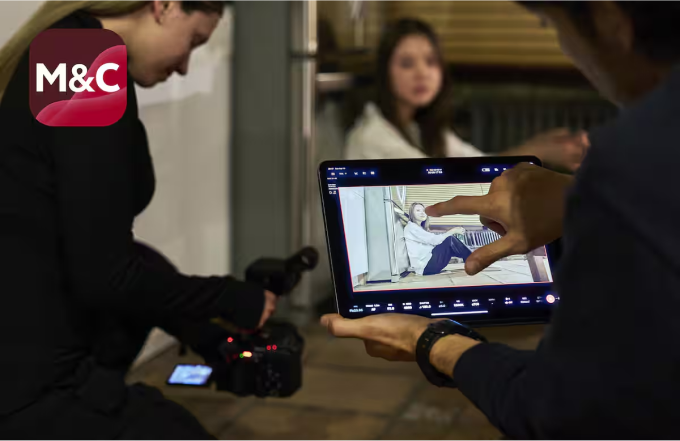
Modern productions demand seamless data transfer and remote control. The FX2 ticks both boxes comprehensively.
Ports & Expansion
- HDMI Type-A (16-bit RAW output)
- Multi/Micro USB (data, charging)
- 3.5 mm mic input & headphone jack
- Timecode IN/OUT & Remote Terminal
Connecting to an external recorder (like the Atomos Ninja V) for 16-bit RAW over HDMI was straightforward. Timecode in/out ensures frame-accurate multicam shoots, and the remote terminal supports Sony’s RM-IP10 for camera control.

Wireless & Network
- 5 GHz Wi-Fi & Bluetooth 5.0
- Imaging Edge Mobile/Enterprise compatibility
- FTP/FTPS/S-FTP direct transfers
On a corporate livestream, I set up FTP transfers to our on-site server while simultaneously controlling camera settings via an iPad running Imaging Edge Mobile.
Recording triggers and zoom adjustments were instantaneous, reducing dependence on an on-site camera operator.
These connectivity tools streamline dailies workflows and remote production—ideal for solo operators or small teams juggling multiple cameras and rapid turnaround.
Battery Life & Practicality
The FX2 uses Sony’s reliable NP-FZ100 battery, balancing capacity with weight. Sony rates it for approx. 95 minutes of continuous 4K/60 fps shooting; in real-world tests (with Wi-Fi and stabilization active), I averaged about 85 minutes per charge.
USB-C passthrough charging means I can top up from a power bank between takes—crucial on all-day shoots or when traveling light.

I always keep two spares on hand, but the option to maintain power externally extends my runtime without breaking the form factor.
Ergonomics and monitoring also score high marks: the 2.36M-dot OLED EVF delivers crisp focus peaking overlays, while the 3.5″ 2.76M-dot vari-angle LCD pivots smoothly for low-angle and high-angle compositions.
An integrated tally lamp on both front and rear helps subjects know when they’re live—a thoughtful touch that enhances usability.
Pricing & Value for Money
Related:Best Mirrorless Cameras 2025
With an MSRP of $2,699.99 USD (body only), the Sony FX2 positions itself between the FX3 and FX6. Compared to the FX3’s $3,800 price, you gain:
- Higher-resolution 33MP sensor
- AI-driven Real-Time Tracking autofocus
- Dynamic Active Stabilization
Additional Costs to Consider:
- Cage: ~$200
- Top handle: ~$150
- External ND or matte box: varies
Factoring in those accessories, a fully rigged FX2 setup stays under $5,500 USD, offering features that rival cameras costing significantly more.
For solo shooters, indie filmmakers, and small production houses, the FX2 delivers an exceptional blend of image quality, autofocus reliability, and connectivity—making it one of the best value propositions in the entry-level cinema camera market.
Final Verdict
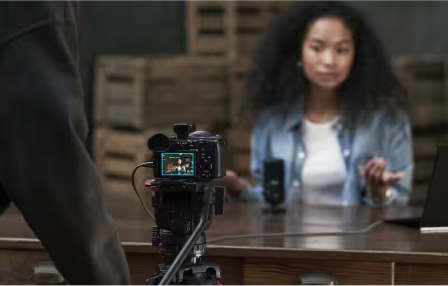
After weeks of shooting everything from narrative scenes to corporate interviews, the Sony FX2 has proven itself as a versatile workhorse.
Its combination of exceptional image quality, robust autofocus, and built-in stabilization makes solo and small-team workflows smoother than ever.
While the lack of internal ND filters means an extra matte box or variable ND filter is required, the FX2’s strengths far outweigh this minor inconvenience.
Pros:
- 33MP full-frame Exmor R™ sensor with 15+ stops dynamic range
- AI-powered Real-Time Tracking & Eye AF
- Dynamic Active Stabilization up to five stops
- Extensive connectivity: RAW over HDMI, FTP/S-FTP, remote control
- User-friendly, customizable menu system
Cons:
- No built-in ND filters
- Battery life dips under heavy wireless use
- Rigging extras add to overall cost
Overall, for under $4K USD, the FX2 offers features that punch well above its price point—earning it a strong recommendation for anyone seeking a true cinema-line experience in an accessible package.

